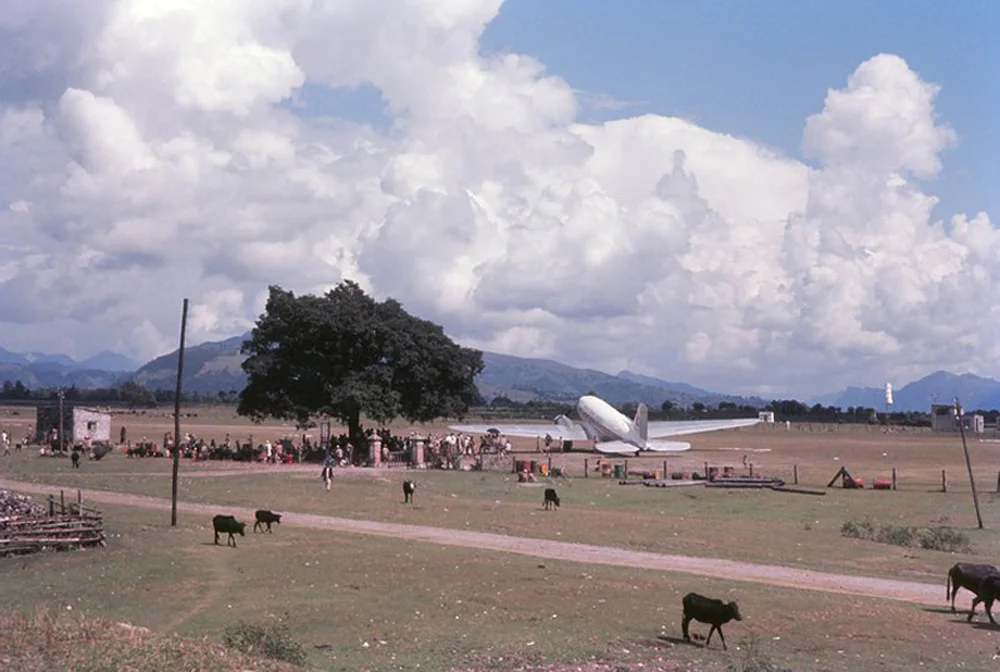The great burial places described in my book of the same name contain the tombs of many famous and powerful women. Two, in La Recoleta Cemetery in Buenos Aires, bear mention.
Remedios de Escalada, María (1797-1823) was the wife of the leader of the Argentine war of independence, General José de San Martín. The Escaladas were prominent in local commerce and became active supporters of the May Revolution of 1810. It was at this time that María met José de San Martín, a general who had recently moved to Buenos Aires after serving in the Peninsular War. They married in 1812. María was fourteen at the time. Her husband’s military responsibilities kept them apart until 1814, when San Martín was appointed Governor of Mendoza Province.
Maria raised huge amounts of money in support of her husband’s efforts to organise and fund the Army of the Andes, a military force that he had raised as part of his campaign to free Chile from Spanish rule. His departure for Chile marked the beginning of a prolonged separation from her husband, during which time she developed tuberculosis. After heading the Protectorate of Peru (1821-22), San Martín travelled to Buenos Aires but Maria died before he arrived. She was 25. She was buried at the La Recoleta Cemetery and the following year San Martín left for France, where he died in exile in 1850.
The most famous person buried in La Recoleta is Evita Perón. María Eva Duarte de Perón (1919-52) was the second wife of Argentine President Juan Perón and served as the First Lady of Argentina from 1946 until her death in 1952. During this time she was a powerful figure within the pro-Peronist trade unions. She also ran the Ministries of Labour and Health, championed women’s suffrage, and founded and ran the nation’s first large female political party, the Female Peronist Party. In 1951 she made a failed bid for the vice-presidency.
Evita Peron's tomb.
The following year she was given the title of “Spiritual Leader of the Nation” by the Argentine Congress. That same year she died from cancer at the age of 33. Then followed a posthumous odyssey that lasted for 35 years, with burials in Milan, Madrid and at several places in Buenos Aires, including in the grounds of the presidential palace. Finally she was laid to rest in the Duarte family mausoleum in La Recoleta. Almost three million people lined the streets of Buenos Aires for her state funeral. It is easy to miss the stately mausoleum that contains her remains as the name above the entrance is that of her family, Duarte. For security reasons her coffin lies beneath those of her other family members, two levels under the main marble floor.
























